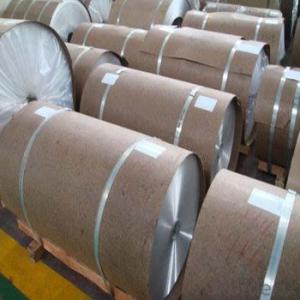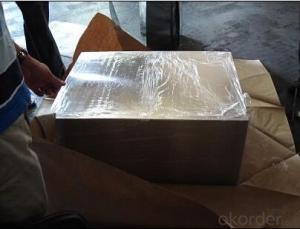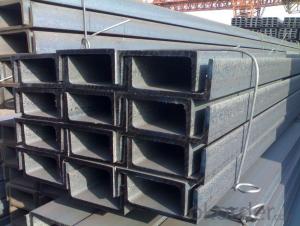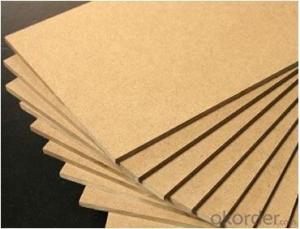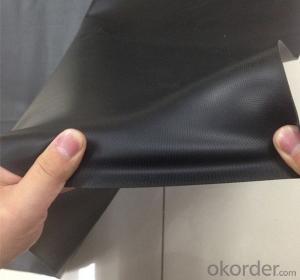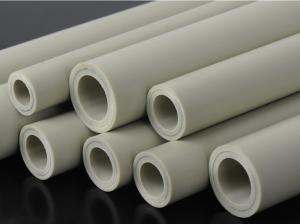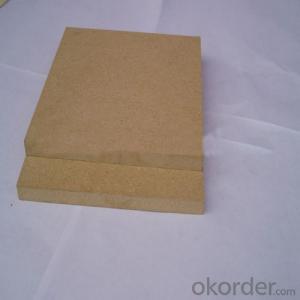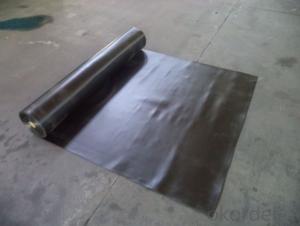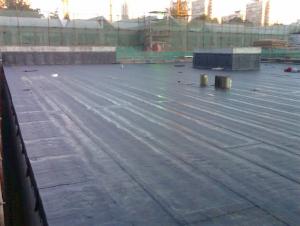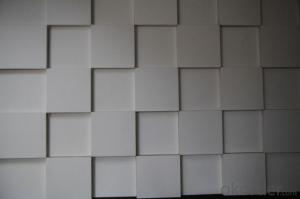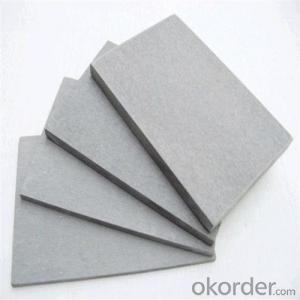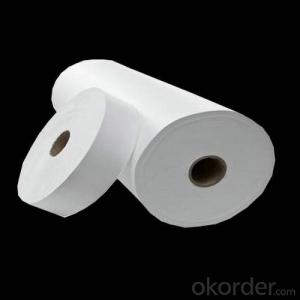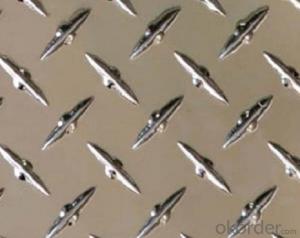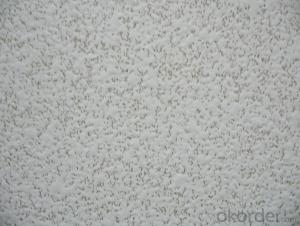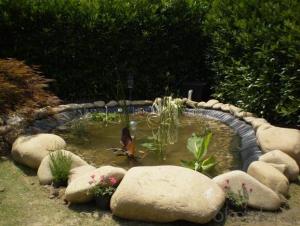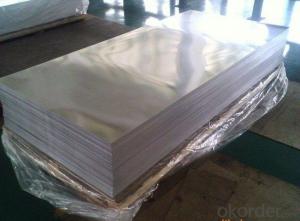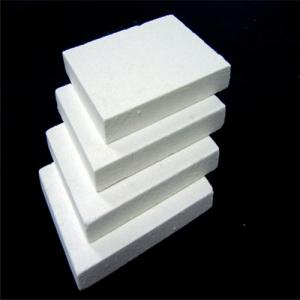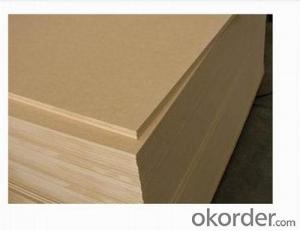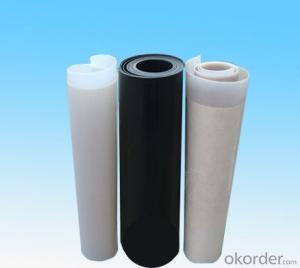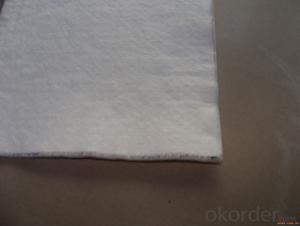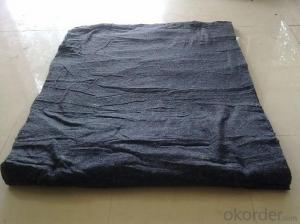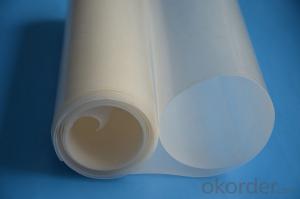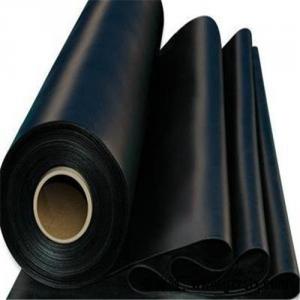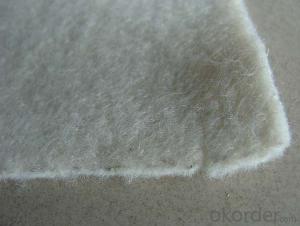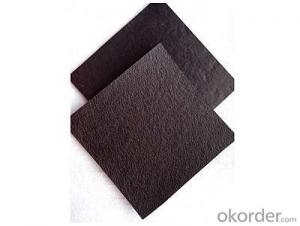Supawood Thickness
Supawood Thickness Related Searches
Led Lights For Stage Use Best Aluminum Foil For Bbq Pvc Foil For Mdf Aluminum Foil For Stove Top Aluminum Foil For Roofing Aluminum Foil For Grow Box Stand For Aluminum Foil Tray Aluminum Foil For Chocolate Glue For Aluminum Foil Aluminum Foil For PackagingHot Searches
Induction Cooker Coil Price Aluminum Trim Coil Near Me Aluminium Scaffold Planks Sale Aluminium Walkway Mesh Prices Tinplate Coil Manufacturers 5052 Aluminum Plate Suppliers Aluminum Foil For Sale Aluminum Foil On Sale Teflon Coated Aluminum Foil Aluminum Foil Manufacturer Large Size Aluminum Foil Aluminum Foil Market Size Wholesale Aluminum Foil Aluminum Foil Products Aluminum Foil Production Aluminum Foil Tray Sizes Aluminum Foil Manufacture Aluminum Foil Prices Aluminum Foil Pan Sizes Aluminum Foil Pans SizesSupawood Thickness Supplier & Manufacturer from China
Okorder.com is a professional Supawood Thickness supplier & manufacturer, offers integrated one-stop services including real-time quoting and online cargo tracking. We are funded by CNBM Group, a Fortune 500 enterprise and the largest Supawood Thickness firm in China.Hot Products
FAQ
- Using geomembranes in mining tailings ponds offers several advantages. Firstly, geomembranes act as a barrier between the tailings and the surrounding environment, preventing the contamination of soil and water sources with toxic chemicals and heavy metals. This helps in safeguarding the ecosystem and protecting human health. Additionally, geomembranes reduce seepage of water from the tailings, minimizing water loss and allowing for efficient water management. They also improve the stability and integrity of the tailings pond, preventing slope failures and ensuring long-term structural integrity. Overall, the use of geomembranes in mining tailings ponds enhances environmental sustainability, reduces risks associated with tailings storage, and promotes responsible mining practices.
- nan
- European electrothermal?film is radiant electric heating, it is ok if the room is small, but, I suggest you choose the type of entrance natural convection. .
- Yes, geomembranes can be used in sewage treatment plants. Geomembranes are impermeable liners that are commonly used in containment applications, including wastewater treatment facilities. They provide a barrier to prevent leakage and seepage of hazardous substances, ensuring the protection of the environment and groundwater. Additionally, geomembranes can be used in various components of sewage treatment plants, such as in the construction of anaerobic digesters, primary and secondary clarifiers, and sludge drying beds.
- Geomembranes are impermeable barriers made of synthetic materials that are used in land reclamation projects to prevent soil erosion. These membranes act as a protective layer, preventing water from infiltrating the soil and carrying away valuable topsoil. By creating a barrier between the soil and water, geomembranes reduce the impact of rainfall and surface runoff, minimizing erosion and maintaining the integrity of the reclaimed land.
- nan
- Light membrane can't be bonded tightly. When it comes to interconnective bonding, composite membrane is basically ok above 0 degrees, but the bonding effect is not good. if the bond is a must, then you must, make sure whether it is light membrane or composite membrane strictly according to adhesion agent instructions.
- Yes, geomembranes are generally easy to maintain. They require regular visual inspections, occasional cleaning, and prompt repair of any damages. However, compared to other construction materials, geomembranes have relatively low maintenance requirements.
- Yes, geomembranes can be suitable for use in wildlife habitat restoration projects. They can help create or restore wetlands, ponds, or other water bodies by providing effective containment and water management. Geomembranes can prevent soil erosion, control water flow, and help maintain proper water levels, which are crucial for creating and maintaining diverse and healthy wildlife habitats. Additionally, they can aid in the remediation of contaminated sites, ensuring a safe environment for wildlife. However, it is important to consider the specific project requirements and ecological considerations to determine the suitability and potential impacts of using geomembranes in wildlife habitat restoration projects.
- There are several advantages of using geomembranes in waste containment systems. Firstly, geomembranes act as a barrier, preventing the leakage of hazardous substances into the surrounding environment, thus protecting the soil, groundwater, and nearby ecosystems. Additionally, they offer excellent chemical resistance, ensuring the containment of various waste materials without degradation. Geomembranes also have a high tensile strength, making them durable and capable of withstanding mechanical stresses. Moreover, they are flexible and can conform to irregular surfaces, allowing for easy installation and reducing the need for excavation. Overall, the use of geomembranes in waste containment systems provides a reliable and cost-effective solution for managing and preventing environmental contamination.






